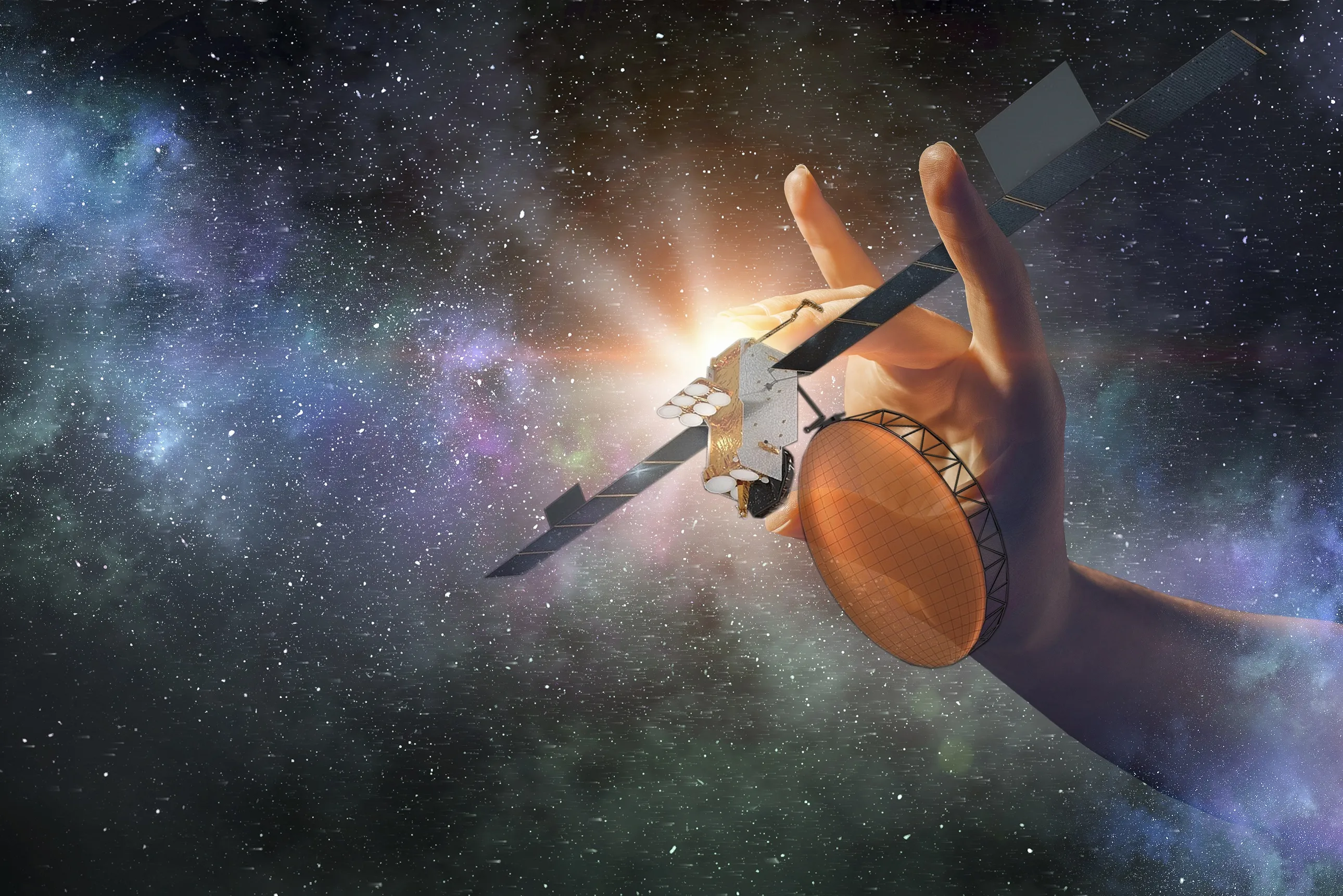
Uncrewed aerial vehicles (UAVs) can be 'flown' virtually in a range of flight conditions without ever leaving the ground, using a digital twin from Gatehouse Satcom.
The company, an embedded software specialist, is the latest company to join Inmarsat's Velaris partner network.
Its digital twin offers a copy of Inmarsat’s physical satellite network, which looks and behaves identically to the real-world version.
It means vehicle manufacturers and operators can now simulate Inmarsat's Velaris connectivity service for UAVs through the BGAN Network Emulator and BGAN Application Tester which enables the validation of communications performance, testing of procedures, and the ability to predict real-world outcomes under a variety of operational scenarios.
Flight paths can be emulated by Gatehouse Satcom’s digital twin capability in a repeatable test environment, which allows for verification and validation when it comes to compliance with industry standards and regulations.
Velaris is powered by Inmarsat’s global Elera satellite network, and provides secure communications for commercial UAVs to fly beyond visual line of sight (BVLOS) and to integrate with aircraft in commercial airspace.
Velaris allows operators to send their UAVs on long distance flights and access various applications, such as real-time monitoring, to ensure safe integration with air traffic.
Two Inmarsat-6 satellites are set to join the network - the first in the next few months, with the second following in mid-2024.
“A truly uncrewed and autonomous airspace will rely on the safe development of UAV technologies, and the assurance that these new technologies have gone through rigorous testing procedures on the ground," says Joel Klooster, Inmarsat senior vice president of aircraft operations and safety.
"The latest stage of our partnership with Gatehouse Satcom provides this capability for our customers, and brings us another step closer to unlocking the true potential of the UAV market and reinforces the Velaris Partner Network as a de-facto centre of excellence for the future of UAV communications technology development.”
Søren Rønnest, Gatehouse Satcom’s chief technology officer, says the move "will help to cement Gatehouse Satcom as the number one validation partner for Inmarsat satcom communications in the industry".
"We look forward to working with Velaris partners to enable the safe development of UAV innovations through our digital twin network emulation capabilities, as well as applying our learnings from the aero segment to the UAV market."









